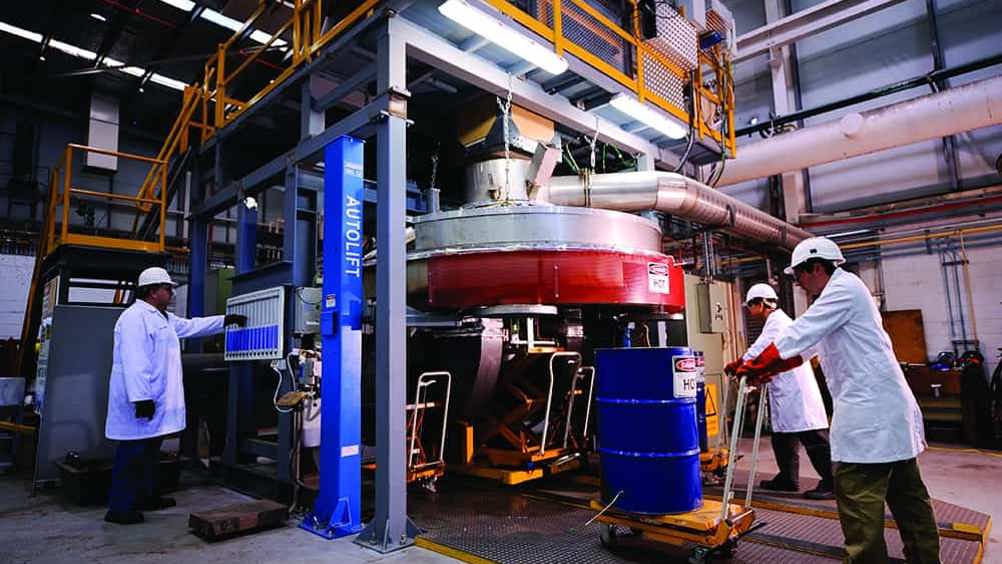Recycling technology set to target world's biggest iron smelting waste stock
Technology that harvests blast furnace waste and converts it into an ingredient for cement is being trialled for commercialisation in China, where 60 per cent of the world’s iron waste is produced.

The process, dubbed “dry slag granulation” (DSG), produces a “glassy” product that is said to be ideal for cement manufacture but with significantly lower associated greenhouse gas emissions than cement produced by conventional methods.
Its developers at CSIRO, Australia’s national science agency, have just signed an agreement with the Beijing MCC Equipment Research & Design Corporation (MCCE) to demonstrate the technology at industrial scale.
“Our collaboration is an exciting step towards the uptake of an innovation with real prospects of transforming the productivity and environmental performance of global iron smelting,” said Jonathan Law, CSIRO director of the Mineral Resources Flagship, in a statement.
“The benefits from wide uptake of DSG technology on blast furnaces will be profound in helping the global industry to reduce water and energy use and greenhouse gas emissions while sustaining metal production.”
The DSG technology fitted to blast furnaces includes a spinning disc and granulation chamber that separates molten slag into droplets under centrifugal forces, uses air to quench and solidify the droplets, and extracts a granulated slag product as well as heated air.
Register now to continue reading
Thanks for visiting The Engineer. You’ve now reached your monthly limit of news stories. Register for free to unlock unlimited access to all of our news coverage, as well as premium content including opinion, in-depth features and special reports.
Benefits of registering
-
In-depth insights and coverage of key emerging trends
-
Unrestricted access to special reports throughout the year
-
Daily technology news delivered straight to your inbox










UK Enters ‘Golden Age of Nuclear’
Anybody know why it takes from 2025 to mid 2030's to build a factory-made SMR, by RR? Ten years... has there been no demonstrator either? Do RR...